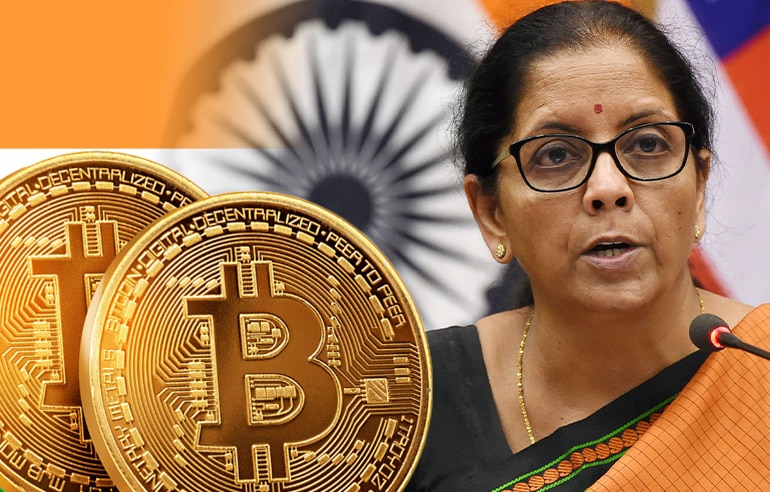Malaysia just opened a metaverse-based Intelligence Operations Centre in Selangor that basically lets people manage real-world infrastructure through a digital twin environment. They’re combining AI, IoT devices, 3D visualization, and data analytics to create something pretty futuristic for managing public infrastructure.
The whole thing works by having AI predict maintenance issues and identify trends while IoT sensors feed live operational data into the system. Government officials and companies can virtually walk through buildings and project sites that mirror their actual locations and run simulations to test out different strategies before actually doing them. Pretty handy for avoiding costly mistakes.
The real payoff comes from crisis management; the system can spot potential infrastructure failures early using AI analysis and sensor data, so teams can jump on problems before they become disasters. Malaysia plans to roll this out to other states after they see how it performs.
Meanwhile, the metaverse in healthcare is about to blow up. Reports say the sector will hit $47.7 billion by 2034, jumping from under $4.2 billion now. That’s a 27% annual growth rate driven by VR, AR, AI, and blockchain technologies being used for medical training, surgical simulations, and telemedicine.
North America will dominate with 40% market share, though Asia-Pacific will grow fastest. The biggest challenge? Regulatory uncertainty and the high cost of VR hardware are keeping healthcare workers out.
Conclusion
Malaysia’s metaverse-driven infrastructure model signals a bold step toward smarter governance, while the booming metaverse healthcare market underscores how immersive tech is rapidly reshaping both public management and medical innovation worldwide.
Also Read: Pudgy Penguin Sales Rise
![]()



